After reviewing two softboxes, including the same 90cm model from Nanlite, you might wonder why it’s worth exploring this 60cm version, which appears to be simply a more compact iteration of the same design.
And you’d be right to ask. In this article, we’ll quickly go over the gear and delve into why a 60cm softbox deserves a place in your toolkit.
The brand Nanlite
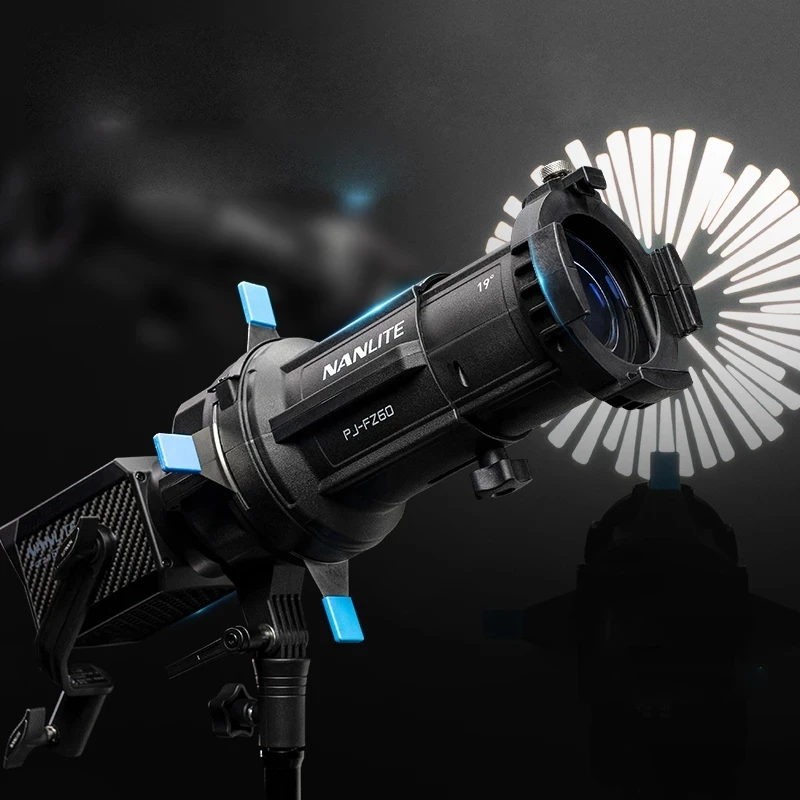
Nanlite is a well-regarded brand in the lighting industry, specializing in innovative and high-quality lighting solutions for photographers, videographers, and content creators.
Known for their versatile and portable products, Nanlite offers a range of LED panels, monolights, and modifiers designed to meet the needs of both professionals and hobbyists.
Their products, such as the popular Forza and PavoTube series, emphasize ease of use, durability, and precise color rendering, making them a favorite among creatives looking to enhance their projects with professional-grade lighting.
The Nanlite Parabolic Softbox 60cm SB-FMM-60
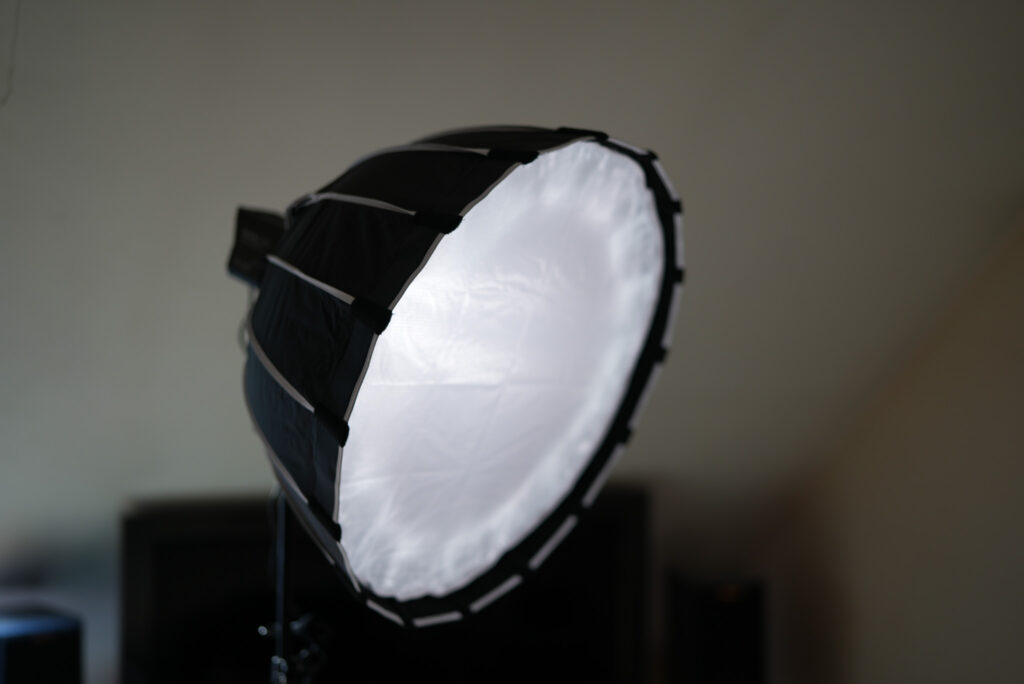
The Nanlite Parabolic Softbox is essentially the same as the Nanlite Forza Softbox SB-PR-90-Q but in a smaller 60cm form.
Overall, this softbox offers excellent build quality and a convenient locking mechanism that allows the 16 rods to be set up and taken down quickly. However, the Aputure Mini Dome III stands out as even more user-friendly, with its single-action design for opening and closing the entire softbox and folding the softbox flat for transport or storage
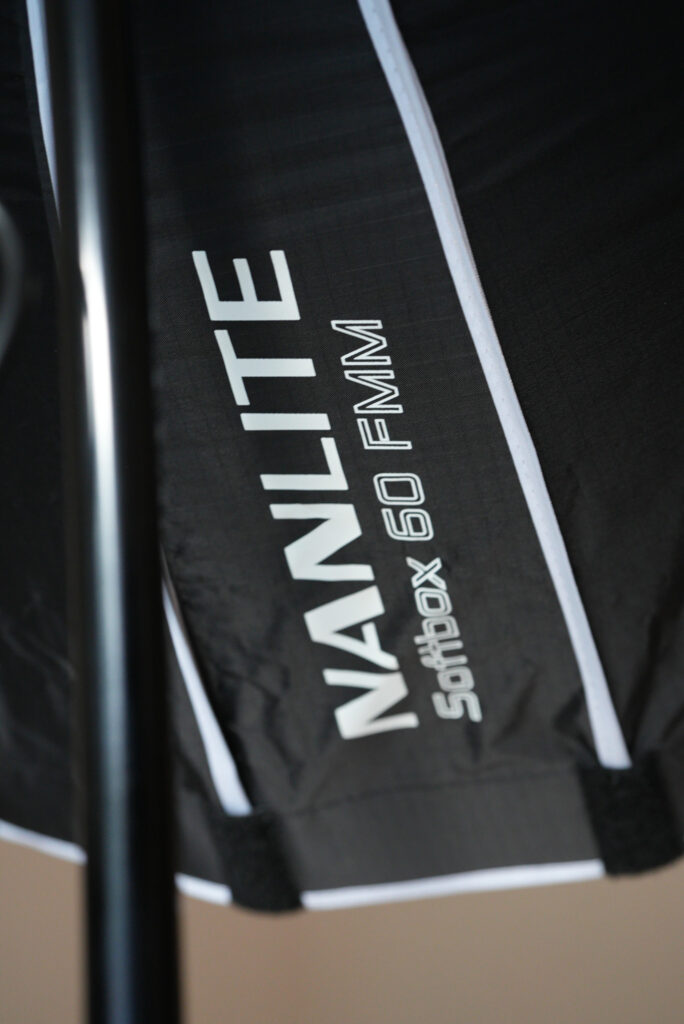
The Nanlite Parabolic Softbox 60cm includes the same accessories as the 90cm version: two diffusion sheets, a Bowens mount speed ring, plus an extra FM mount, which is essentially a smaller version of the Bowens mount.
Like its larger counterpart, it doesn’t include a grid, which costs an additional 30 euros. This extra expense aligns the total price of this light modifier with the Aputure Mini Dome III, which includes the grid as part of the package.
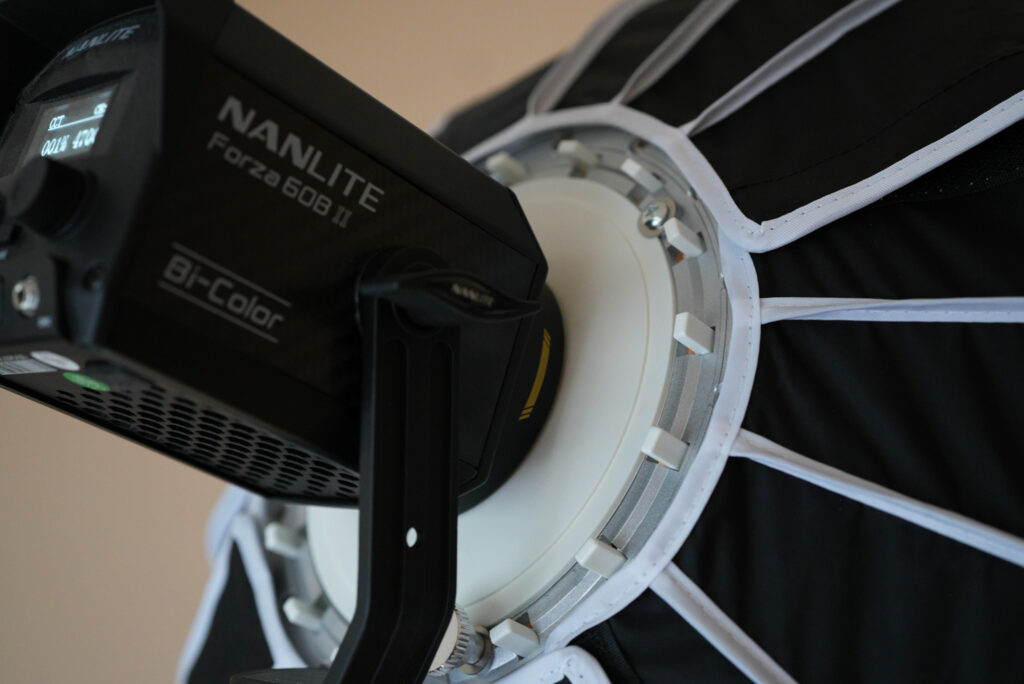
A notable difference from the larger model is that the rod release mechanism is constructed from plastic rather than metal. While this choice may compromise durability, it does contribute to a lighter overall weight, making it easier to handle and transport.
The rods appear to be lighter and more flexible, occasionally bending backward—something I didn’t encounter with the larger 90cm model. While this isn’t a critical issue, it’s worth monitoring to ensure they remain durable and don’t snap over time.
The pros
- Good construction
- Fairly light and portable
- Fairly easy to setup although not the best
- Bag included with two rings and two diffusions
The cons
- Not easy to tilt downward with a Forza 60B II on a light stand or the battery grip
- Grid not included costing an extra 30 euros
What impact does the difference in size have?
The larger the light source relative to the subject, the softer the light and the gentler the shadows. This quality is often preferred as it creates a more flattering effect, reducing harsh contrasts and enhancing the overall appearance of the subject.
The advantages of using a small softbox
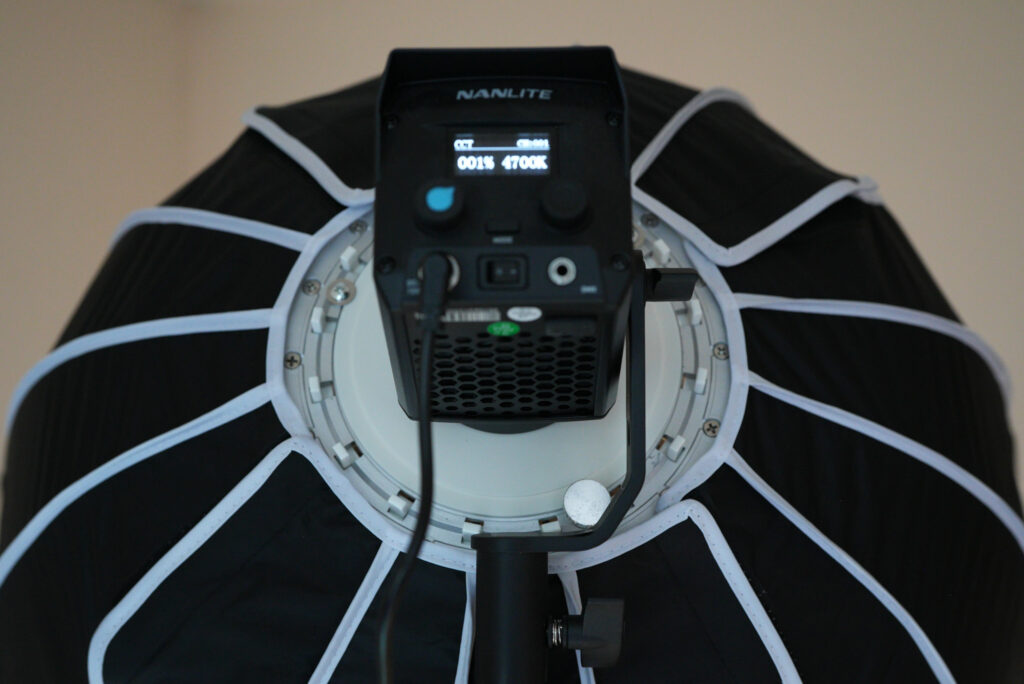
Smaller lights are generally easier to control due to their compact size and reduced light spread, making them more focused and manageable in various setups. Here’s why:
1. Precise Placement
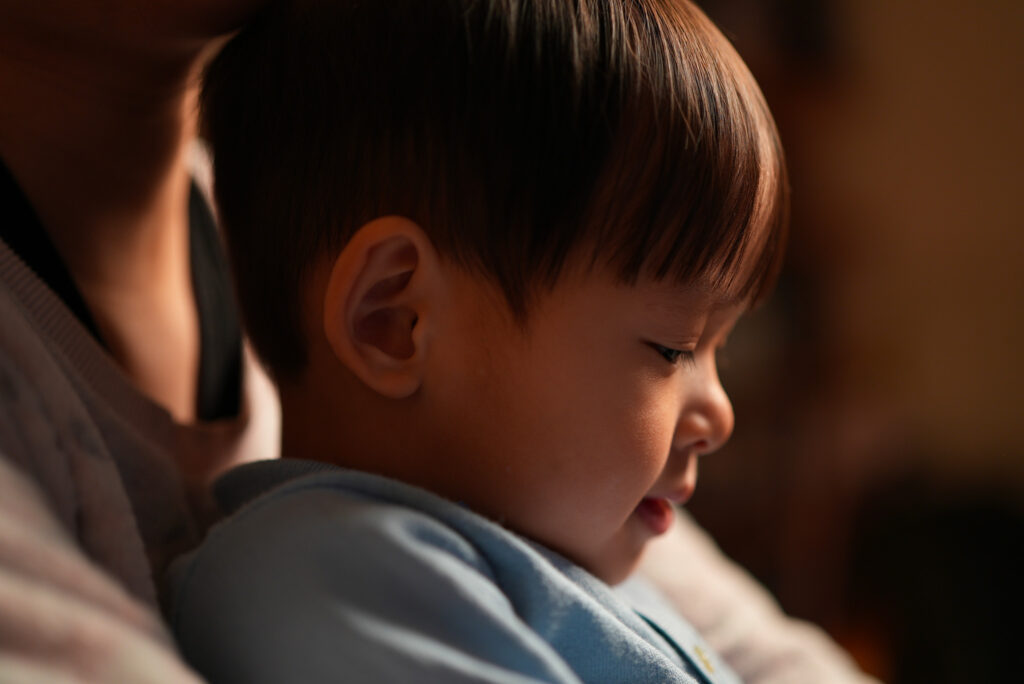
Smaller lights are physically easier to position in tight or complex spaces, such as in tabletop photography or small studios. They allow for more accurate control over where the light falls, enabling fine-tuned lighting setups.
2. Controlled Light Spill
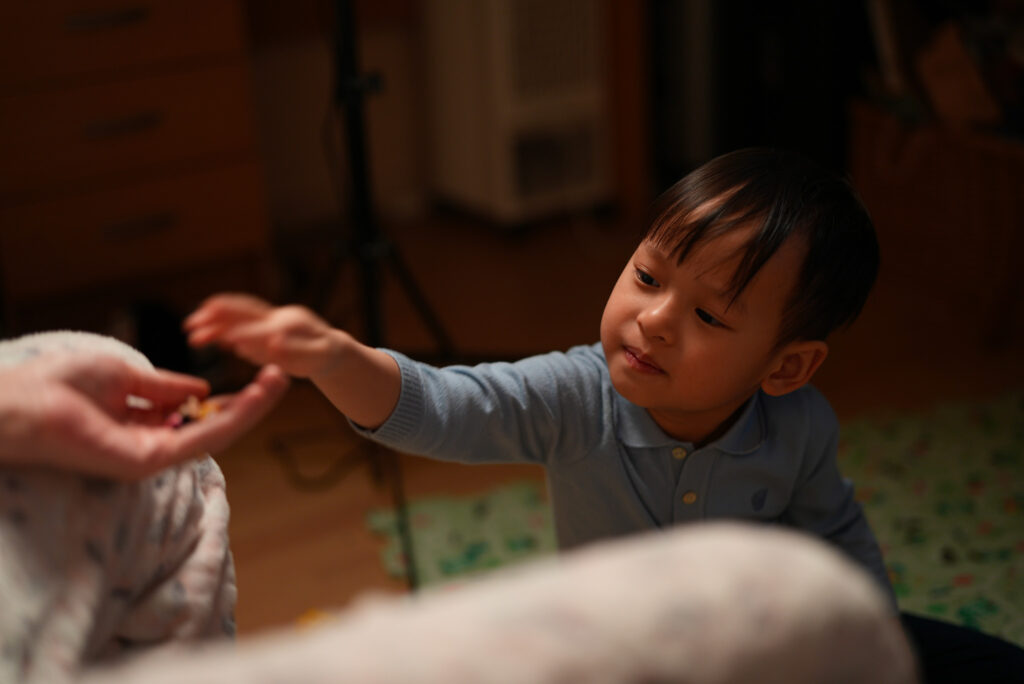
Compact lights emit a more concentrated beam, reducing the risk of light spilling into unwanted areas. This makes them ideal for creating dramatic effects, highlighting specific subjects, or working in environments where control over ambient light is critical.
3. Portability and Flexibility
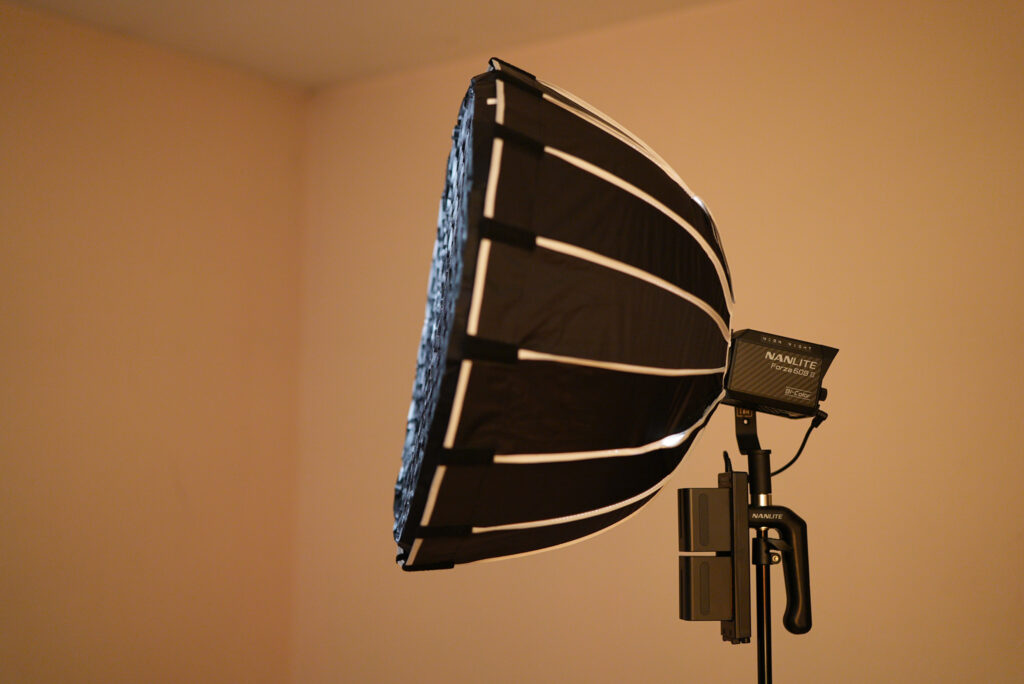
Smaller lights are lighter and more portable, making them convenient for handheld use or rapid adjustments. This is particularly beneficial for on-location shoots or situations requiring frequent repositioning of lights.
4. Efficiency in Power Use
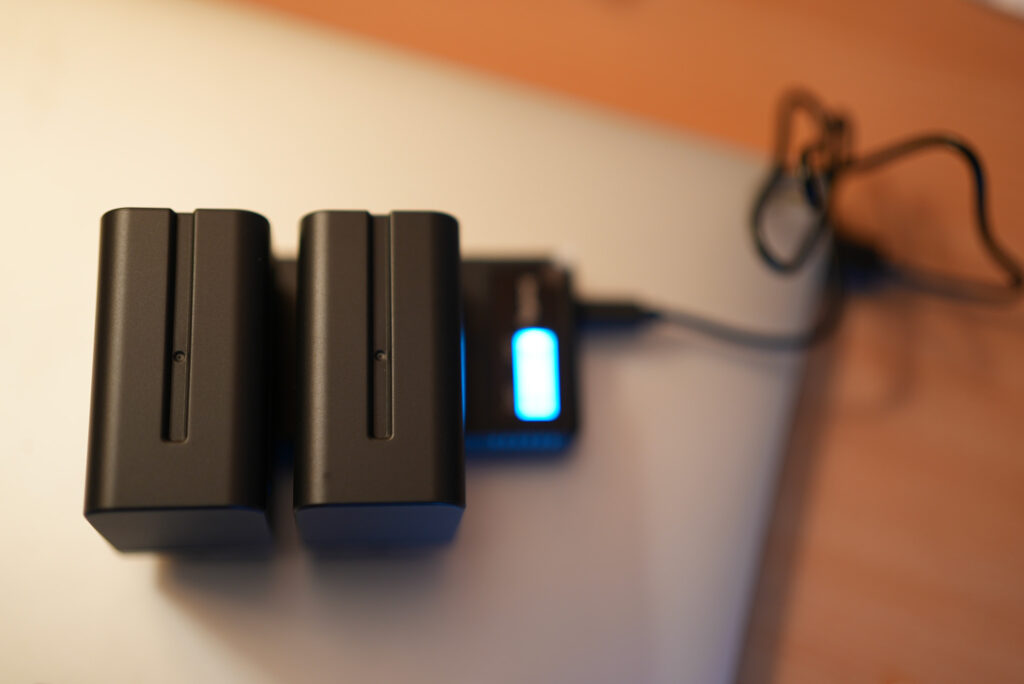
Due to their size, smaller lights often consume less power, allowing for longer usage times when battery-powered and minimizing the need for extensive power management. This light can be powered by two affordable NP-F batteries whereas larger lights need to be powered with expensive high capacity v-mount batteries.
5. Can easily transform into a larger light source
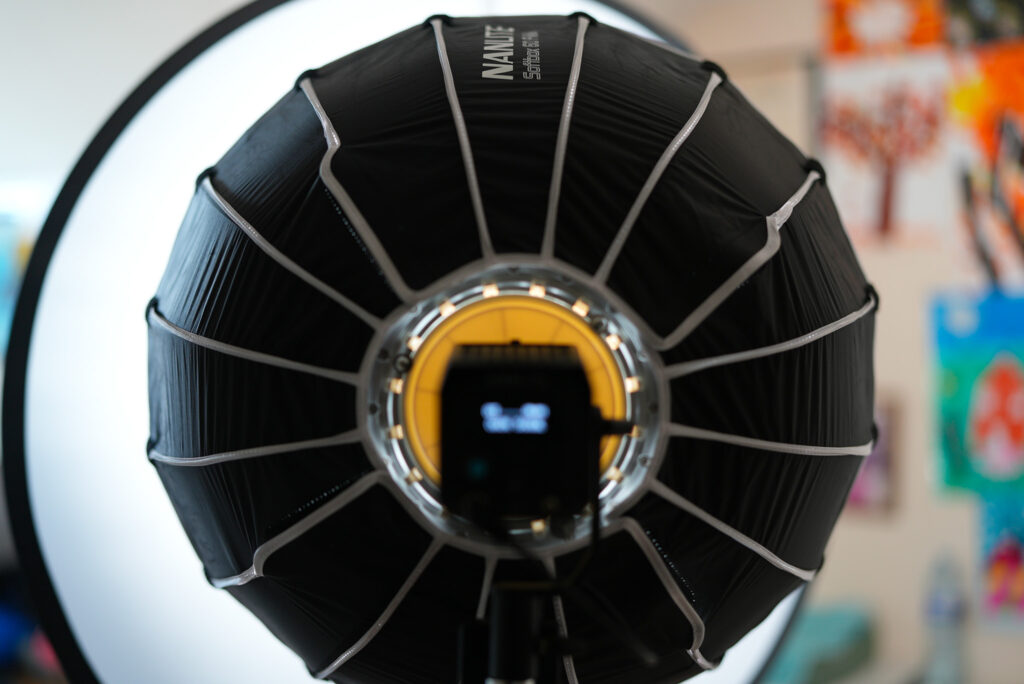
While smaller lights aren’t as inherently powerful as larger ones, they can still create soft lighting effects by being bounced off surfaces such as walls, ceilings, or diffusing materials like fabric. This technique spreads the light, mimicking the softness achieved by larger light sources.
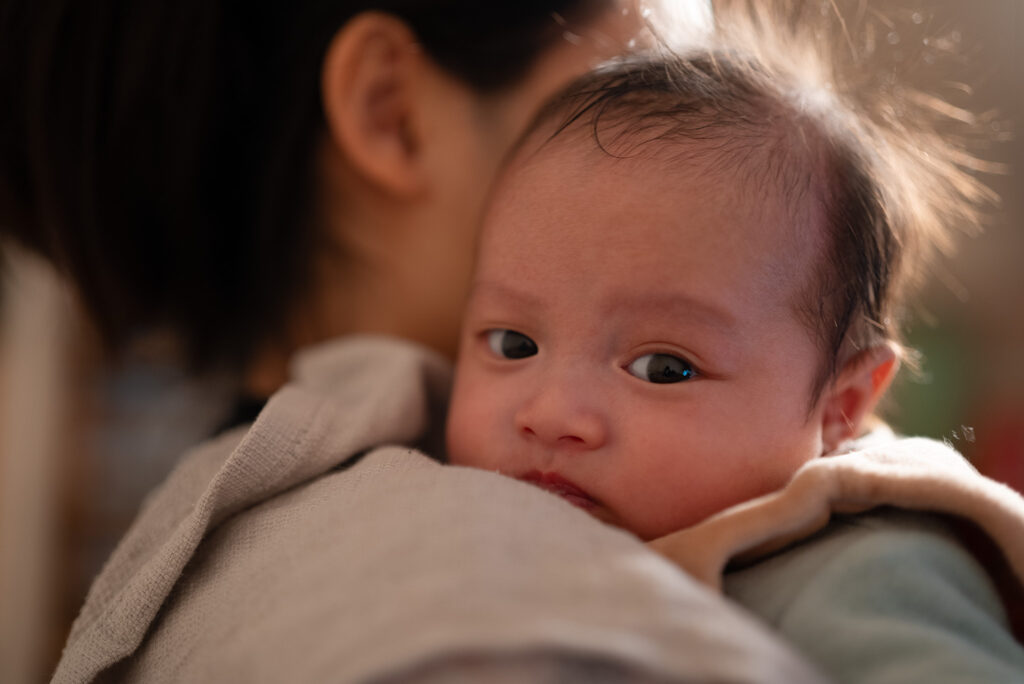
6. Specular highlights
Specular highlights from a small softbox can enhance the texture and reflective qualities of objects such as jewelry, glassware, or electronics, creating a sleek and polished appearance.
In creative portrait setups, small highlights can contribute to a high-contrast, edgy look that draws attention to specific areas.
In summary, smaller lights provide a practical and precise solution for photographers and videographers seeking control and efficiency in their lighting setups. However, they may not always provide the intensity or coverage needed for larger scenes, which is why they are best suited for focused or intimate lighting applications.
A real case scenario
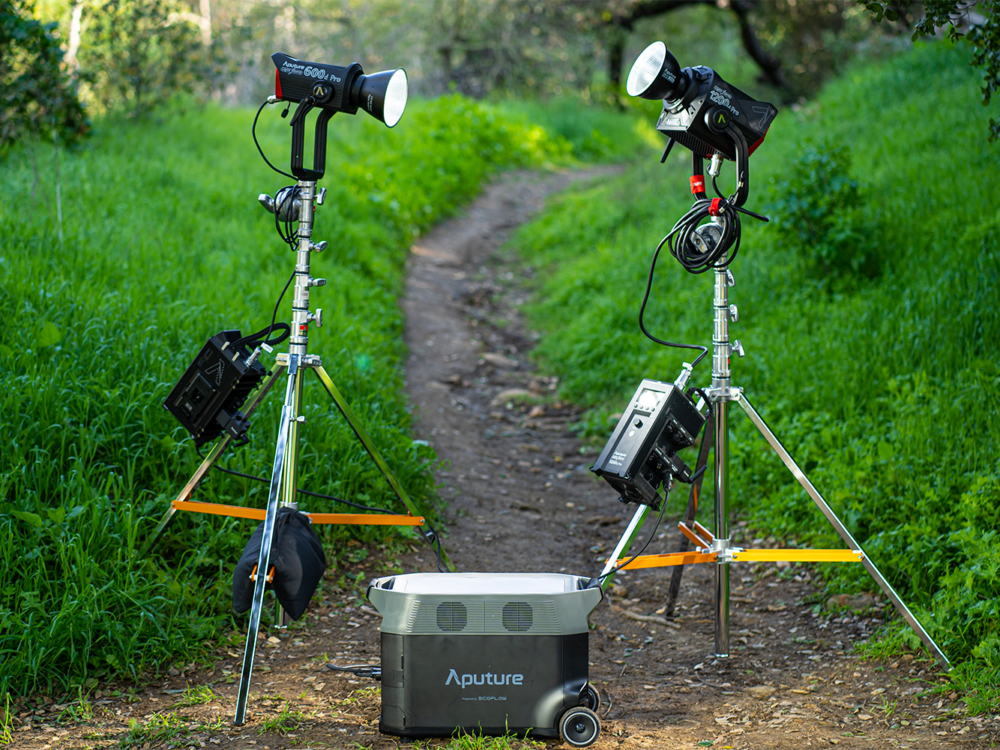
While assisting on a fashion photo and video shoot at night, I was tasked with providing an Aputure 600D Pro along with an Avenger Baby A0030CS stand to illuminate the subject across various streets in Paris.
Despite the convenience of the light’s rolling suitcase, transporting and setting it up proved to be a challenge on set. Interestingly, we only utilized between 0.1% and 10% of its power—essentially matching the output of the much smaller Nanlite 60B II.
Another noteworthy detail is that the two batteries used to power the light were nearly fully charged throughout. Transporting this setup required access to a car with a trunk, which added the challenge of finding parking at each location we shot.
A smaller light also means a smaller light stand and a smaller light modifier. Following the shoot, I decided to invest in a set of batteries and a smaller Softbox that could also be used without the diffusion panel if necessary.
The disadvantages of a small softbox
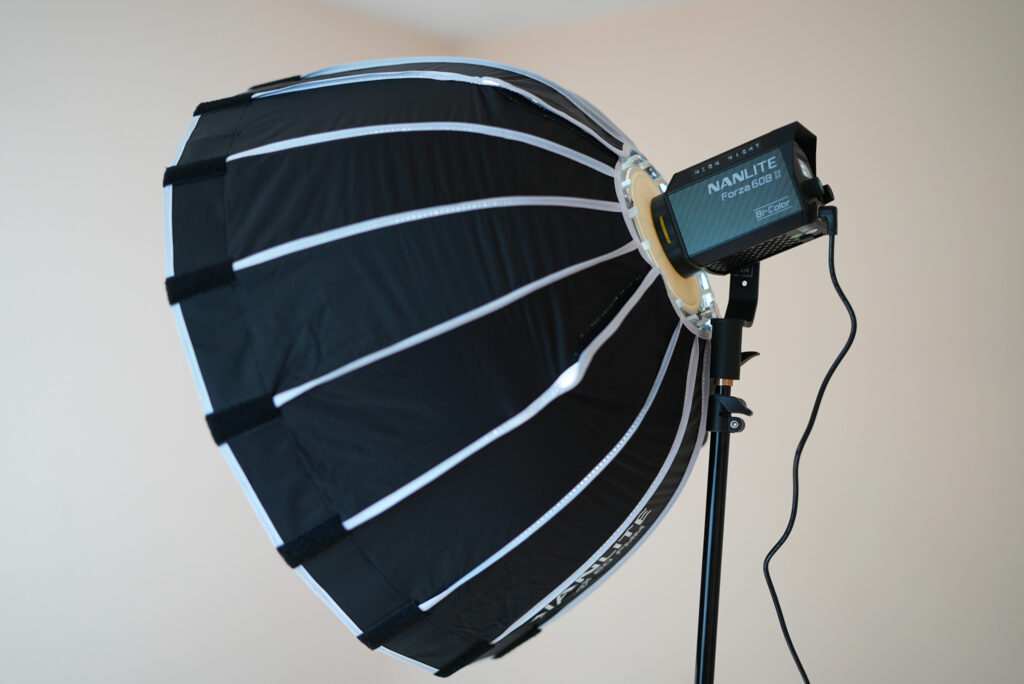
While small softboxes offer portability and ease of use, they also come with several drawbacks that may limit their effectiveness in specific scenarios:
1. Limited Light Softness
A small softbox produces a harder light compared to larger softboxes. The smaller surface area relative to the subject creates more defined shadows, which may not be ideal for portraits or scenarios requiring a soft, diffused light.
2. Restricted Light Coverage
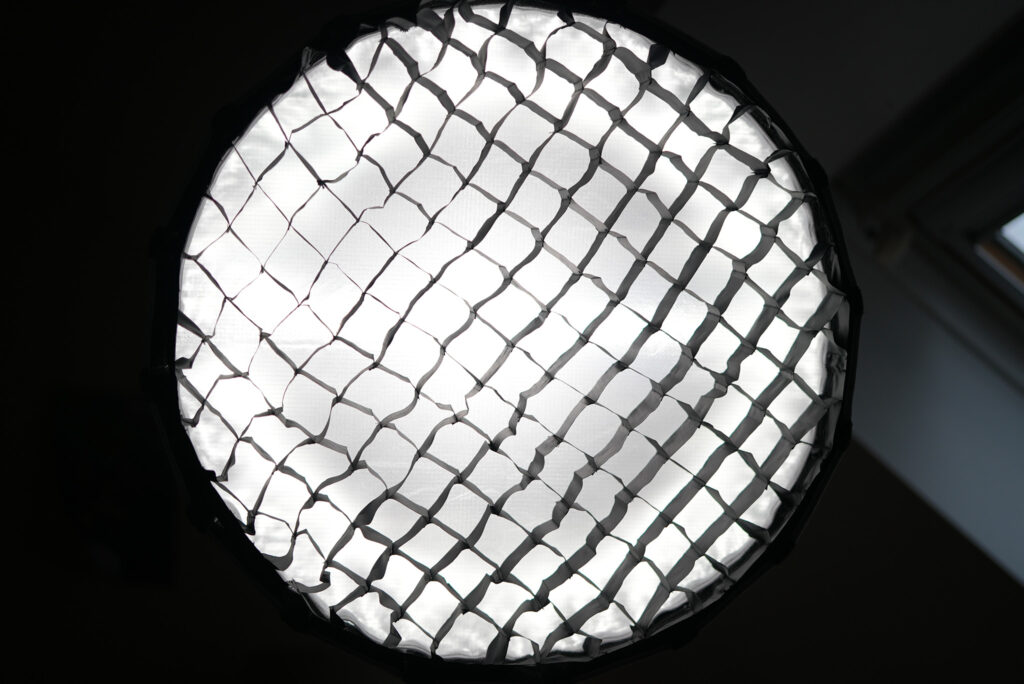
Due to its compact size, a small softbox provides less light spread, which can be insufficient for illuminating large subjects or wide areas. This may require additional lighting equipment to achieve the desired effect.
3. Reduced Versatility
A smaller softbox may have difficulty producing the same soft, enveloping light that larger softboxes are renowned for, which can limit its effectiveness for certain creative or commercial scenarios.
On the other hand, a larger softbox paired with a powerful light source offers more versatility; it can be positioned further from the subject to reduce the relative size of the light for harder shadows or be modified with flags for more precise control.
4. Potential for Overexposure in Close Proximity
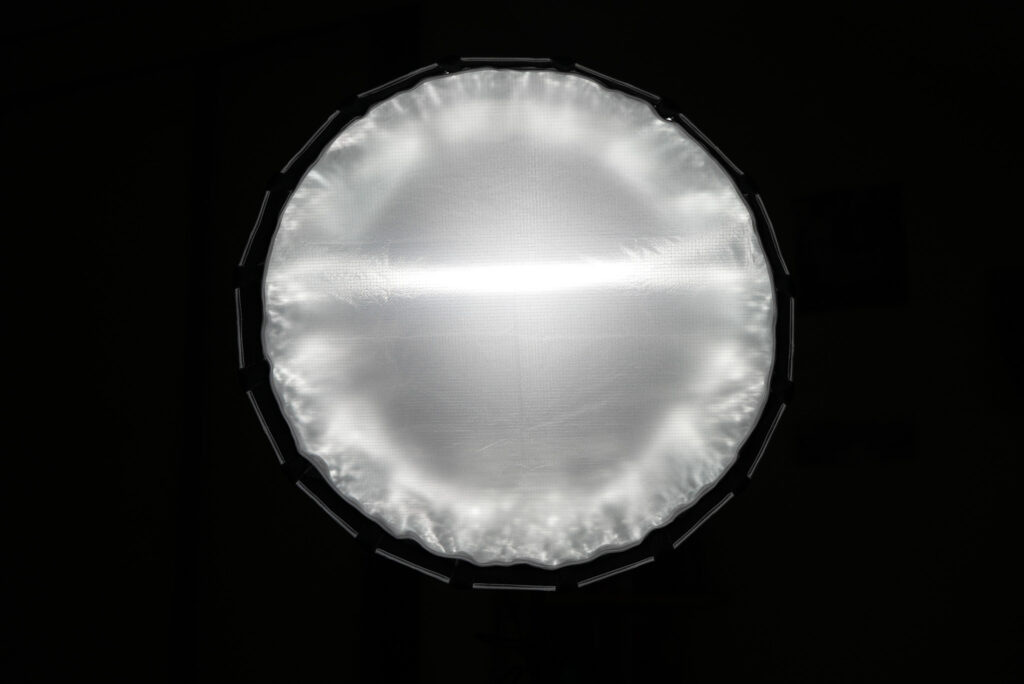
When working close to a subject, the concentrated light output of a small softbox may lead to hot spots or uneven lighting, requiring more precise positioning or additional diffusion layers.
5. Incompatibility with Larger Scenes
In larger scenes, a small softbox may not provide sufficient illumination, making it less practical for shoots involving multiple subjects or expansive backgrounds.
6. Less Impactful Catchlights

Small softboxes create smaller catchlights in the eyes of a subject, which may be less aesthetically pleasing compared to the larger, rounder catchlights produced by bigger modifiers.
7. Limited Light Control in Open Spaces
Outdoors or in open spaces, the smaller light source may be more susceptible to being overpowered by ambient light, reducing its effectiveness without supplementary light-shaping tools.
While small softboxes are excellent for tight spaces, portability, and specific creative setups, understanding their limitations ensures they are used in the right context for the best results.
Verdict
8.0 out of 10.
Having a compact softbox is just as essential as owning a small, battery-powered light. This combination allows for increased portability and flexibility, enabling you to remain agile while lighting your subject, which is especially useful when working in low-light environments.

This tool allows you to efficiently light and capture dynamic tracking shots, work in tight spaces, and film outdoors at night, offering enhanced flexibility and creative possibilities.
Its compact design makes it perfect for maneuvering through confined areas or easily relocating from one location to another—where larger rigs would struggle to fit or be too cumbersome.
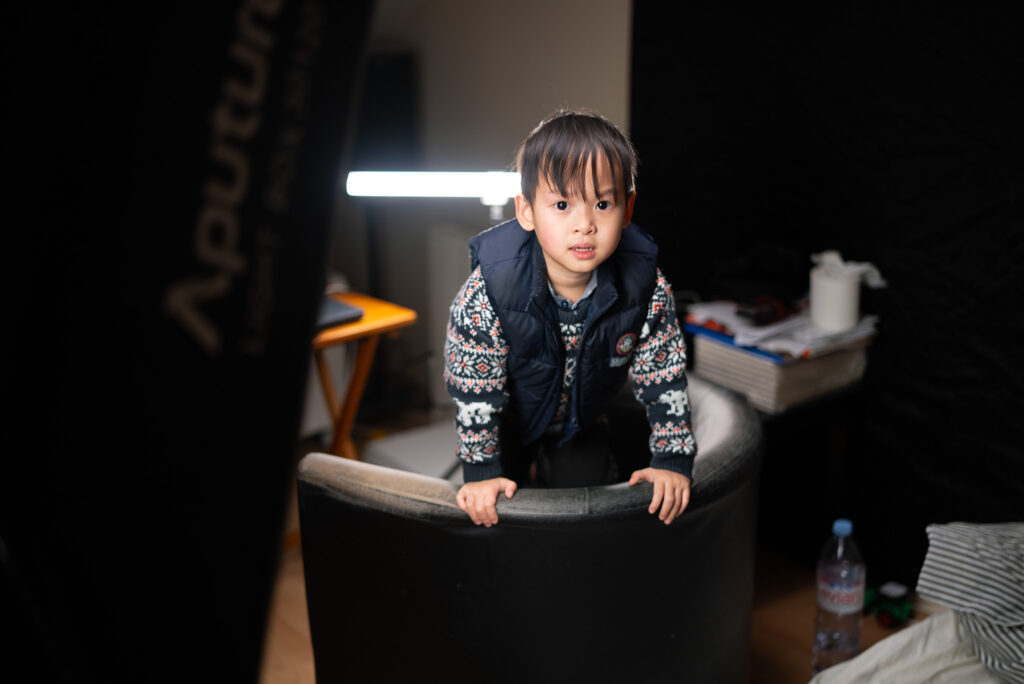
This versatility empowers you to maintain high production value without being restricted by space or lighting conditions, especially when working in fast-paced environments or on location.
For the same price, you could opt for the Aputure Mini Dome III, which offers better ergonomics and design. However, if you own FM-mount lights like the Nanlite 60 or 150 series, this softbox becomes an essential accessory for your setup.
Informations
Nanlite Parabolic Softbox 60cm SB-FMM-60
Website : https://nanlite.com/
Page of the product : https://www.nanlite.com/parts-sb-fmm-60?t=1732641338611#/en/SB-FMM-60
Facebook page : https://www.facebook.com/nanlitelighting/
YouTube page : https://www.youtube.com/c/NanliteGlobal
Our video production : https://www.neonnight.fr/en/


GIPHY App Key not set. Please check settings